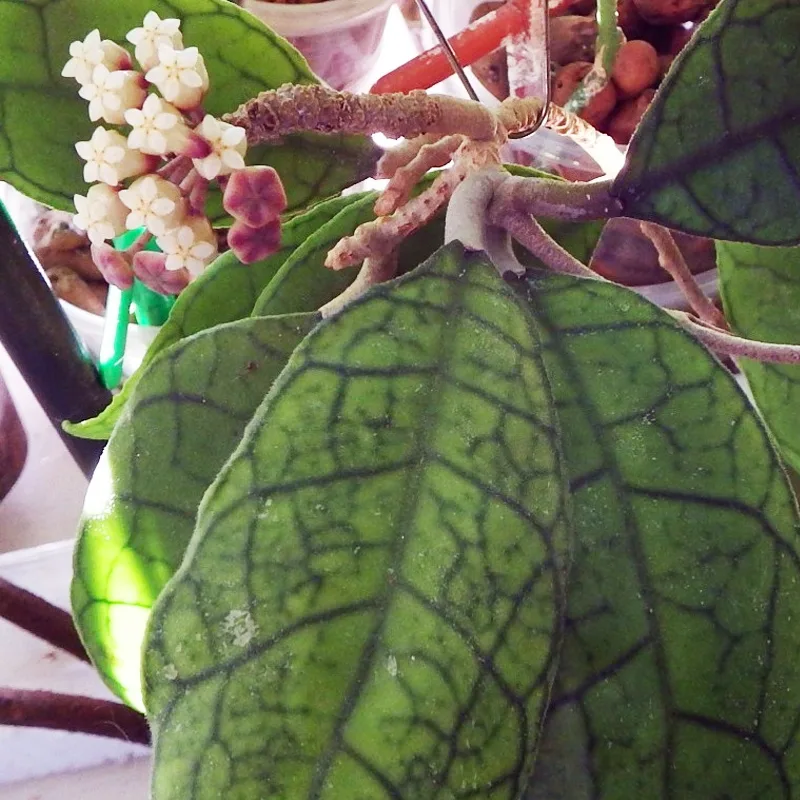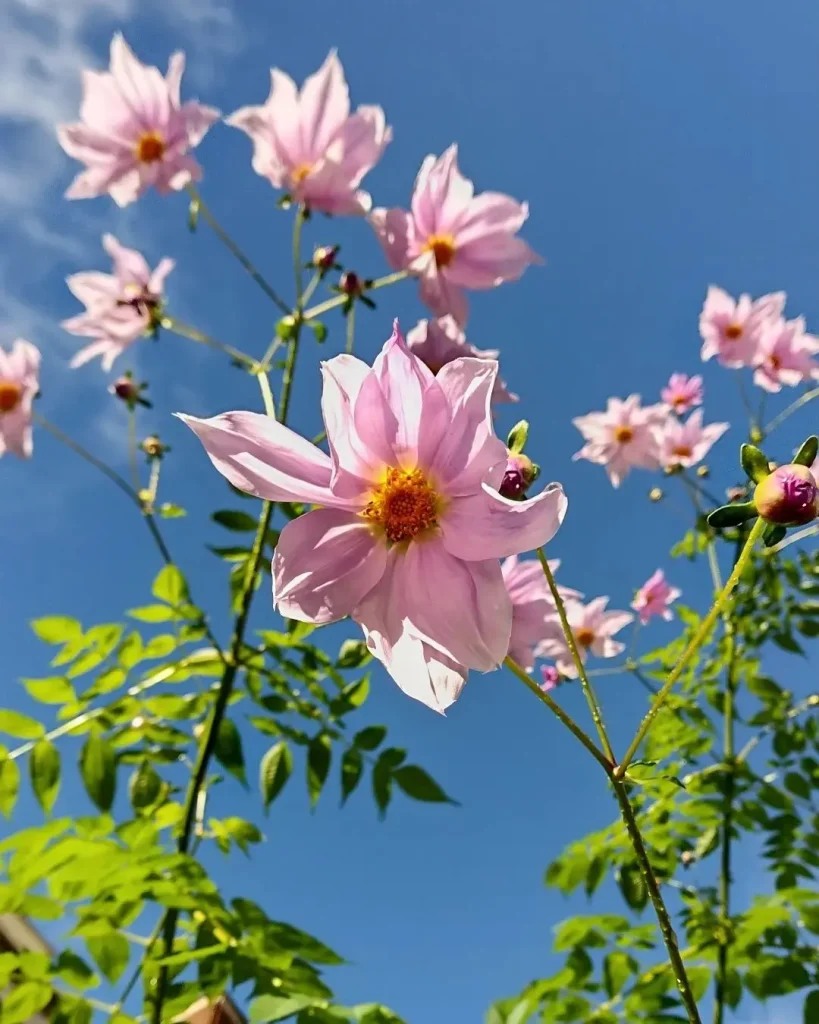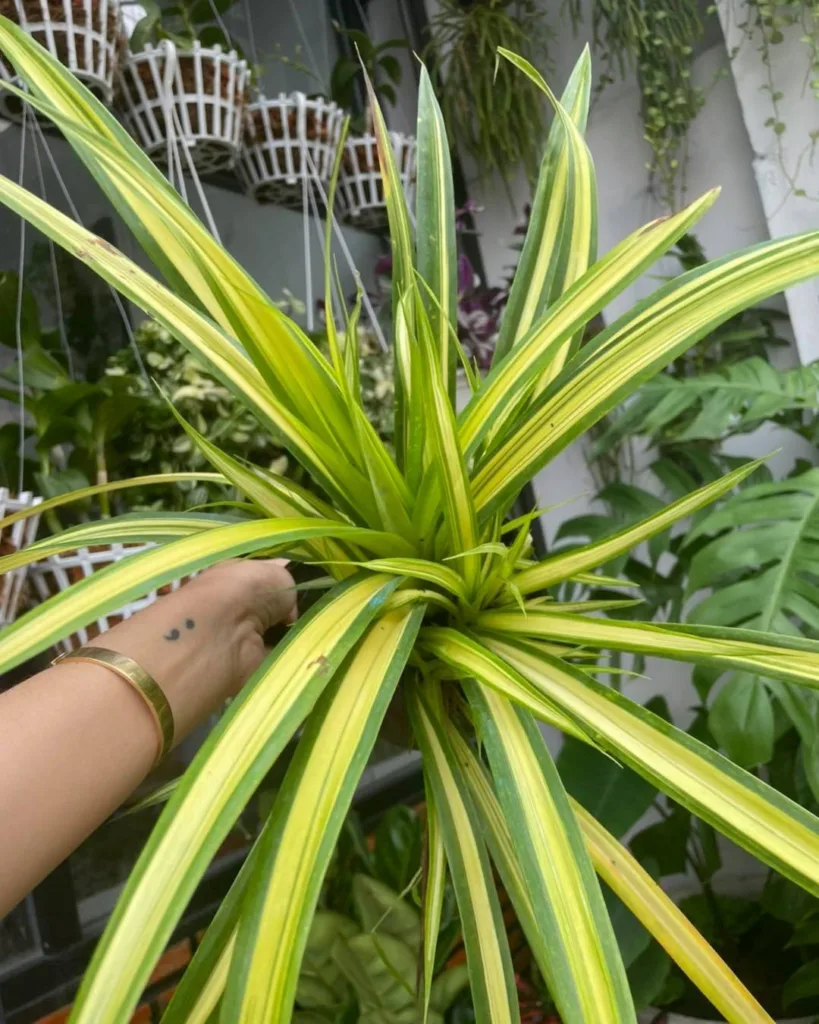Sarracenia Purpurea Venosa: The Allure of the Purple Pitcher Plant
I’m Ferb Vu, and carnivorous plants are my passion. Today, we delve into the captivating Sarracenia purpurea venosa, often simply called the Purple Pitcher Plant. This trumpet-shaped marvel isn’t just beautiful; it’s a fascinating predator of the boggy landscapes.
32 Species in Genus Sarracenia
What is Sarracenia Purpurea Venosa?
Sarracenia purpurea venosa is a subspecies of the common Purple Pitcher Plant (Sarracenia purpurea). This particular variety boasts stunning reddish-purple pitchers with a wider mouth compared to its close relatives. These tubular traps lure, capture, and digest unsuspecting insects and other small invertebrates.
Sarracenia Purpurea Venosa vs Purpurea
| Aspect | Sarracenia Purpurea Venosa | Sarracenia Purpurea |
|---|---|---|
| Color | I love how Venosa has a deeper red hue, giving it a richer and more vibrant look. | Purpurea has a more muted red, which can be lovely but not as striking to me. |
| Hairiness | The fuzzy texture on Venosa makes it feel unique and special in my collection. | Purpurea is smoother, and while that’s nice, it lacks the tactile interest. |
| Growth Habit | Venosa seems to spread out more, filling its space nicely. | Purpurea grows more upright, which is neat but doesn’t cover as much ground. |
| Preferred Environment | Venosa thrives in slightly warmer and more humid conditions in my experience. | Purpurea seems more adaptable to cooler environments. |
Sarracenia Purpurea Venosa vs Rosea
| Aspect | Sarracenia Purpurea Venosa | Sarracenia Rosea |
|---|---|---|
| Color | Venosa’s deep red always catches my eye. | Rosea has a pinkish tint that is soft and charming. |
| Size | Venosa tends to stay more compact and manageable for my small space. | Rosea grows larger, which is impressive but requires more room. |
| Flower | The flowers of Venosa are beautiful, though they can be a bit hidden. | Rosea’s flowers stand out more and are quite showy. |
| Pitcher Shape | Venosa’s pitchers are more bulbous, which I find fascinating. | Rosea has a more tapered pitcher that looks elegant. |
| Hardiness | Venosa feels a bit tougher and resilient in my growing conditions. | Rosea can be a bit more delicate, needing a bit more attention and care. |
How to care for Purpurea Venosa?
Sun Seeker: Lighting Needs
Imagine this: tall, vibrantly colored pitchers basking in sunlight. That’s exactly what Sarracenia purpurea venosa craves. Think full sun to partial shade. Aim for at least 6-8 hours of direct sunlight daily. Terrariums and shady corners are a no-go for this light-loving carnivore.
Similar Needs, Different Species: While other Sarracenia varieties share this sun requirement, Sarracenia flava, the Yellow Pitcher Plant, can tolerate slightly more shade.
Bog Basics: Soil and Watering
Forget about typical potting mix. Sarracenia purpurea venosa thrives in a constantly moist, acidic medium. Here’s my recipe:
- Peat moss (sphagnum moss works too)
- Perlite for drainage
Watering Wisdom: Avoid tap water, as it often contains minerals that can harm the plant. Use distilled water, rainwater, or reverse osmosis water. Keep the soil consistently moist, but not soggy. During dormancy (winter), reduce watering.
Comparison Corner: Venus Flytraps (Dionaea muscipula) share the carnivorous nature, but their preferred soil is a moister sphagnum moss mix.
Feeding Frenzy: Does it Need Fertilizer?
The beauty of Sarracenia purpurea venosa is that it gets its nutrients from its insect prey. Skip the fertilizer. In fact, it can be detrimental.
Winter Wonderland: Dormancy Needs
As winter approaches, Sarracenia purpurea venosa enters a dormancy period. Reduce watering and keep the soil barely moist. Temperatures between 35-50°F (1.7-10°C) are ideal. An unheated greenhouse or a protected cold frame works well.
Dormancy Distinction: Unlike some houseplants, this dormancy is crucial for the plant’s health. Don’t skip it!
How to multiply Sarracenia purpurea?
There are two main ways to propagate Sarracenia purpurea venosa:
- Rhizome Division: During dormancy, carefully divide the rhizome (underground stem) with a sharp, sterile knife. Ensure each division has several healthy buds or “eyes.” Repot each section in fresh media.
- Seed Sowing: A more challenging option, but rewarding nonetheless. Seeds require cool, moist stratification for several weeks before sowing. Germination can be slow, taking months.
Propagation Peers: Both methods are applicable to other Sarracenia varieties as well.
Common Concerns: Troubleshooting Your Pitcher Plant
Pitcher discoloration (browning or yellowing)
Insufficient light. Ensure your plant gets enough direct sunlight.
Poor pitcher development
Improper watering or lack of dormancy period.
Insect infestation (not the prey kind!)
Aphids or mealybugs can target the plant. Use insecticidal soap or neem oil solution.
Beyond the Basics:
Repotting is typically only needed every 2-3 years, or when the pot becomes crowded.
Suitable Containers:
Opt for plastic pots over terracotta or ceramic. Plastic retains moisture better, which is crucial for this plant.
Winter Dormancy Light:
While dormancy requires cooler temperatures, some indirect light is still beneficial. A sunny window in a cool room is a good compromise.
Distilled Water Alternatives:
If distilled water is unavailable, consider using collected rainwater that hasn’t been in contact with metal containers. Alternatively, you can let tap water sit for 24 hours to allow chlorine to evaporate.
Carnivorous Care Community:
Don’t hesitate to connect with online forums or local carnivorous plant societies. Sharing experiences and troubleshooting with fellow enthusiasts can be invaluable.
Beyond the Purple:
While Sarracenia purpurea venosa is a popular choice, there’s a whole world of Sarracenia varieties to explore. Each boasts unique pitcher shapes, colors, and even vein patterns. Consider venturing into the fascinating world of Sarracenia flava (Yellow Pitcher Plant), Sarracenia leucophylla (White Pitcher Plant), or the aptly named Sarracenia rubra (Red Pitcher Plant).
The Allure of the Pitcher Plant: Conclusion
Sarracenia purpurea venosa is a captivating carnivorous plant. With its vibrant colors and fascinating predatory nature, it’s a conversation starter for any plant enthusiast. By following these simple care tips, you can cultivate a thriving pitcher plant that will reward you with its beauty and unique ecological function.
If i die, water my plants!



